Steven A. Cohen, Mark R. Schure0471738476, 978-0-471-73847-3
Table of contents :
MULTIDIMENSIONAL LIQUID CHROMATOGRAPHY……Page 3
CONTENTS……Page 7
Foreword……Page 15
Preface……Page 17
Contributors……Page 19
1 Introduction……Page 23
1.1 Previous Literature Which Covers MDLC……Page 26
1.2 How this Book is Organized……Page 27
References……Page 28
PART I THEORY……Page 31
2.1 Introduction……Page 33
2.2 Peak Capacity……Page 35
2.3 Resolution……Page 39
2.4 Orthogonality……Page 41
2.5 Two-Dimensional Theory of Peak Overlap……Page 43
2.6 Dimensionality, Peak Ordering, and Clustering……Page 45
2.7 Theory of Zone Sampling……Page 46
2.8 Dilution and Limit of Detection……Page 48
2.9 Chemometric Analysis……Page 49
2.10 Future Directions……Page 50
References……Page 52
3.1 Introduction……Page 57
3.2 Theory……Page 59
3.3 Procedures……Page 63
3.4 Results and Discussion……Page 64
3.5 Conclusions……Page 71
Appendix 3A Generation of Random Correlated Coordinates……Page 72
Appendix 3B Derivation of Limiting Correlation Coefficient r……Page 76
References……Page 78
4.1 Introduction……Page 81
4.2 Fundamentals: The Statistical Description of Complex Multicomponent Separations……Page 84
4.3 Decoding 1D and 2D Multicomponent Separations by Using the SMO Poisson Statistics……Page 90
4.4 Decoding Multicomponent Separations by the Autocovariance Function……Page 96
4.5 Application to 2D Separations……Page 100
4.5.1 Results from SMO Method……Page 103
4.5.2 Results from 2D Autocovariance Function Method……Page 106
References……Page 110
PART II COLUMNS, INSTRUMENTATION AND METHODS DEVELOPMENT……Page 113
5.1 Introduction……Page 115
5.2 Heart-Cutting Versus Comprehensive Mode……Page 117
5.3.1 Valves……Page 119
5.4.1 Gated Interface for HPLC–CE……Page 126
5.4.2 Microfluidic Valves for On-Chip Multidimensional Analysis……Page 127
5.5 Columns and Combinations……Page 128
5.5.1 Column Systems, Dilution, and Splitting……Page 130
5.7 Computer Hardware and Software……Page 131
5.7.1 Software Development……Page 132
5.7.2 Valve Sequencing……Page 133
5.7.3 Data Format and Storage……Page 135
5.8.1 Contour Visualization……Page 137
5.8.4 External Plotting Programs……Page 139
5.8.6 Multi-channel Data……Page 140
5.9 Data Analysis and Signal Processing……Page 141
5.10 Future Prospects……Page 142
References……Page 143
6.1 Introduction……Page 149
6.2 Previous Work……Page 150
6.4 Method Development……Page 152
6.4.1 The Cardinal Rules of 2DLC Method Development……Page 154
6.6 General Comments on Optimizing the 2DLC Experiment: Speed–Resolution Trade-off……Page 165
References……Page 166
7.1 Introduction……Page 169
7.2.1 Structural Properties of Polymer Monoliths……Page 170
7.2.2 Chromatographic Properties of Polymer Monolithic Columns……Page 172
7.2.3 Two-Dimensional HPLC Using Polymer Monoliths……Page 174
7.3 Monolithic Silica Columns……Page 175
7.3.2 Structural Properties of Monolithic Silica Columns……Page 176
7.3.3 Chromatographic Properties of Monolithic Silica Columns……Page 178
7.4 Peak Capacity Increase by Using Monolithic Silica Columns in Gradient Elution……Page 180
7.5 2D HPLC Using Monolithic Silica Columns……Page 181
7.5.1 RP-RP 2D HPLC Using Two Different Columns……Page 183
7.5.2 RP–RP 2D HPLC Using Two Similar Columns……Page 186
7.5.3 Ion Exchange–Reversed-Phase 2D HPLC Using a Monolithic Column for the 2nd-D……Page 188
7.5.4 IEX-RP 2D HPLC Using a Monolithic RP Capillary Column for the 2nd-D……Page 190
References……Page 193
8.1 Background: MDLC in the Jorgenson Lab……Page 199
8.1.1 Cation Exchange–Size Exclusion……Page 200
8.1.2 Anion Exchange–Reversed Phase……Page 202
8.1.3 Cation Exchange–Reversed Phase……Page 203
8.1.4 Size Exclusion–Reversed Phase……Page 205
8.2 Online Versus Off-Line MDLC……Page 210
8.3 MDLC Using Ultrahigh Pressure Liquid Chromatography: Benefits and Challenges……Page 211
8.3.1 An Introduction to UHPLC……Page 212
8.3.3 LC × UHPLC for Separations of Intact Proteins……Page 213
8.4.1 Instrumentation……Page 215
8.4.2 Data Analysis……Page 216
8.4.3 Chromatographic Conditions……Page 217
8.5 Results and Discussion……Page 218
8.6 Future Directions for UHP-MDLC……Page 224
References……Page 225
PART III LIFE SCIENCE APPLICATIONS……Page 227
9.1 State of the Art—Why Peptidomics?……Page 229
9.2 Strategies and Solutions……Page 230
References……Page 240
10.1 Introduction……Page 243
10.2.1 pI-Based Methods of Separation……Page 245
10.2.2 Chromatofocusing-A Column Based pH Separation……Page 247
10.2.3 Nonporous Separation of Proteins……Page 248
10.2.4 Electrospray-Time of Flight-Mass Spectrometry……Page 250
10.2.5 MALDI Peptide Mass Fingerprinting……Page 251
10.3.1 Proteomic Mapping and Clustering of Multiple Samples—Application to Ovarian Cancer Cell Lines……Page 252
10.3.2 2D Liquid Mass Mapping of Tumor Cell Line Secreted Samples, Application to Metastasis-Associated Protein Profiles……Page 255
10.3.3 Identification Annotation and Data Correlation in MCF10 Human Breast Cancer Cell Lines……Page 257
10.4 Summary and Conclusions……Page 259
References……Page 260
11 Coupled Multidimensional Chromatography and Tandem Mass Spectrometry Systems for Complex Peptide Mixture Analysis……Page 265
11.1 SCX-RP/MS/MS……Page 267
11.2 SCX/RP/MS/MS……Page 270
11.3 MudPIT……Page 273
11.4 Alternative First Dimension Approaches……Page 276
References……Page 277
12.1 Introduction……Page 283
12.2 Previous Work……Page 285
12.3.1 LC Selectivity for Peptides: Experimental Design……Page 286
12.3.2 Investigation of 2DLC Orthogonality for Separation of Peptides……Page 288
12.3.3 Geometric Approach to Orthogonality in 2DLC……Page 293
12.3.4 Practical 2DLC Considerations in Proteome Research……Page 297
12.3.5 Evaluation of Selected 2DLC MS/MS Systems……Page 298
12.3.6 Peak Capacity in 2DLC-MS/MS……Page 302
12.3.7 Considerations of Concentration Dynamic Range……Page 304
References……Page 306
13.1 Introduction……Page 313
13.3 Analyte Detection and Subsequent Analysis……Page 315
13.4 Building a Multidimensional Protein Separation……Page 316
13.4.2 Chromatographic Sorbent Considerations……Page 317
13.5 Comprehensive Multidimensional Chromatographic Systems……Page 318
13.6 Coupling 2DLC with Online ESI–MS Detection……Page 321
13.6.1 Interactions between the Two Dimensions of Chromatography (Step Vs. Linear)……Page 326
13.6.2 Recognizing Increased Selectivity in 2DLC Separations……Page 328
13.7 Expanding Multidimensional Separations into a “Middle-Out” Approach to Proteomic Analysis……Page 330
13.8 Future Directions in Protein MDLC……Page 333
13.8.1 Protein Chromatography……Page 334
13.8.2 MS Analysis of Proteins……Page 335
13.9 Conclusion……Page 336
References……Page 337
14 Analysis of Enantiomeric Compounds Using Multidimensional Liquid Chromatography……Page 341
14.1 Online Achiral-Chiral LC-LC……Page 342
14.2.1 Analysis of Enantiomers in Plasma and Urine……Page 345
14.3.1 Physiological Fluids or Tissues……Page 350
14.3.2 In Food, Beverages, and Other Products……Page 355
14.4.1 Analysis of Enantiomers from Plant and Environmental Sources……Page 356
14.5 Miscellaneous Applications……Page 358
14.6 Conclusion……Page 360
References……Page 361
PART IV MULTIDIMENSIONAL SEPARATION USING CAPILLARY ELECTROPHORESIS……Page 367
15.1 Introduction……Page 369
15.2.1 Miniaturized IEF/SDS-PAGE……Page 370
15.2.2 One-Dimensional Capillary Electrophoresis for Protein Analysis……Page 371
15.3.2 Two-Dimensional Capillary Electrophoresis for Analysis of Proteins……Page 374
15.3.3 High-Speed Two-Dimensional Capillary Electrophoresis……Page 378
15.3.4 The Analysis of a Single Fixed Cell……Page 380
References……Page 382
16.1 Introduction……Page 387
16.3 HPLC Fractionation……Page 388
16.4 2D HPLC–CE……Page 389
16.5 CE–MS Detection……Page 390
16.6 Applications……Page 392
16.7 Concluding Remarks……Page 402
References……Page 403
PART V INDUSTRIAL APPLICATIONS……Page 407
17.1 Introduction……Page 409
17.2 Principles of Multidimensional Liquid Chromatography as Applied to Polymer Analysis……Page 412
17.3 Experimental……Page 415
17.4.1 Amphiphilic Polyalkylene Oxides……Page 417
17.5 Excipients……Page 421
17.6 Polyether Polyols……Page 425
17.7 Analysis of Condensation Polymers……Page 428
17.8 Polyamides……Page 429
17.9 Aromatic Polyesters……Page 436
17.10 Aliphatic Polyesters……Page 439
References……Page 442
18.1 Introduction……Page 447
18.2 Analytical Characterization Methods……Page 450
18.2.1 CE and CGE……Page 451
18.2.2 SEC……Page 452
18.2.3 NPLC……Page 453
18.2.4 RPLC……Page 455
18.4 2DLC……Page 456
18.4.2 NPLC Coupled to RPLC……Page 457
18.5 Conclusions……Page 464
References……Page 465
Index……Page 469
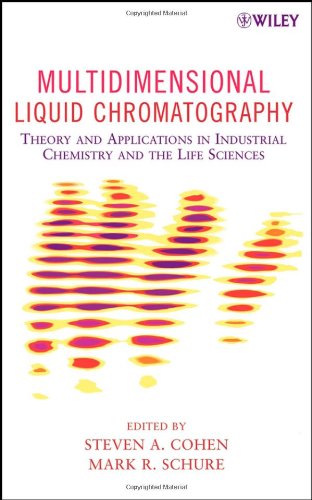
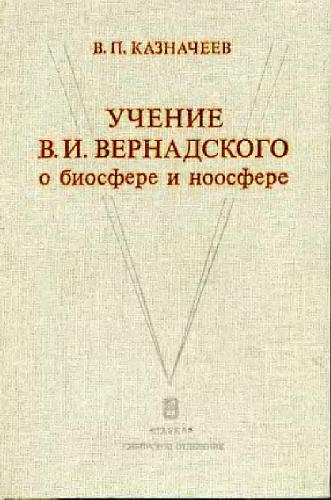
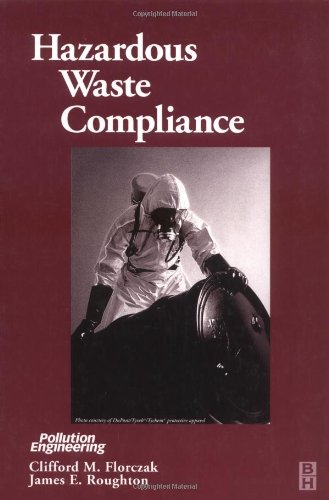

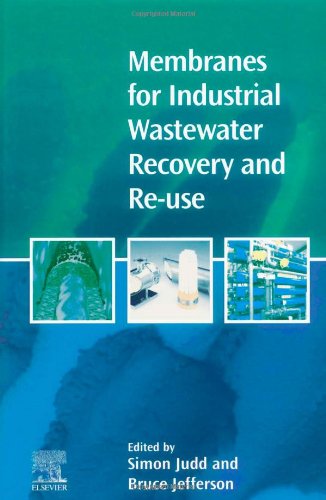

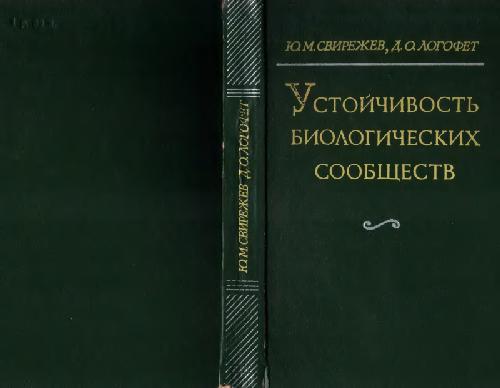
Reviews
There are no reviews yet.